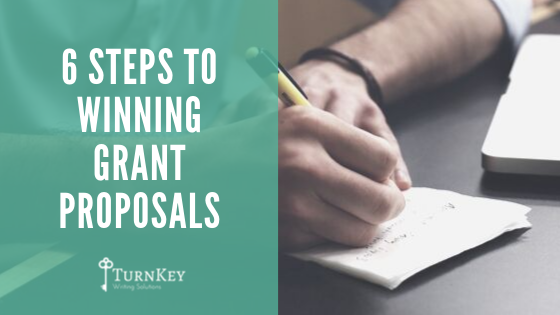Data-Driven Grant Writing: How to Set Objectives and Measure Outcomes for Greater Impact
- Kristin Chute

- Mar 14, 2023
- 3 min read

Ready to take your grant writing to the next level? If you want to make a bigger impact with your programs, it's time to use data to guide your objectives and measure your outcomes. In this blog post, I'll show you how to do just that. From practical tips for setting SMART objectives to tricks for presenting your data in a compelling way, I've got everything you need to start driving grant writing success. So don't miss out – read on to discover how to set objectives and measure outcomes for greater impact!
Determining Objectives
As a grant writer, you know the importance of setting clear and achievable goals for your program. Objectives, in particular, are essential for guiding your program's direction and ensuring that you are making progress toward your goals. But how do you ensure that your objectives are specific, measurable, achievable, relevant, and time-bound (SMART)? The answer lies in data. Using data to inform your objectives, you can set realistic and impactful goals to help you make a meaningful difference in your community. Here are some helpful tips to get you started:
Review Relevant Data: Review any relevant available data, such as program statistics or demographic information. This can help you identify areas where your program can make the most impact.
Identify Areas for Improvement: Use the data you've reviewed to identify areas where your program can make the most impact. For example, if your data shows that your program is not reaching a specific demographic, you may want to set an objective to increase outreach efforts to that group.
Use the SMART Framework: Set objectives that are specific, measurable, achievable, relevant, and time-bound (SMART). For example, instead of setting a vague objective like "increase program participation," set a SMART goal like "increase program participation by 20% among adults aged 25-34 by the end of the fiscal year."
Measuring Outcomes
Outcomes are the results of your program or project that demonstrate its impact. Measuring outcomes is vital for evaluating your program's success and determining improvement areas. Get started with measuring outcomes using data by following these actionable strategies:
Define Your Outcomes: Start by defining your outcomes. What specific results do you want to achieve? For example, if your program aims to improve academic performance, your outcome might be increased standardized test scores.
Select Appropriate Measures: Choose measures that are appropriate for your outcomes. For example, if your outcome is an increase in standardized test scores, you might choose to measure pre-and post-test scores.
Collect Data: Collect data regularly to track progress towards your outcomes. This can help you identify areas where your program succeeds and areas needing improvement.
Incorporating Data into Grant Proposals
Effectively incorporating data into grant proposals is essential for demonstrating the impact of your program and increasing your chances of grant writing success. Follow these proven approaches to present your data in a compelling way that captures your potential grant funder’s attention.
Use Visuals: Visuals like charts, graphs, and tables can help you present data clearly and visually appealingly. Make sure your visuals are easy to read and clearly labeled.
Provide Context: Provide context for your data by explaining what it means and why it matters. For example, if your data shows a decrease in program dropout rates, explain how this will benefit the community.
Keep it Relevant: Ensure the data you present is relevant to the grant proposal and supports your objectives and outcomes.
Building Stronger Grant Proposals with Data
Using data to drive grant writing success is essential for demonstrating the impact of your program and increasing your chances of receiving funding. By determining objectives and measuring outcomes using data, you can set specific goals and evaluate the success of your program. Additionally, effectively incorporating data into grant proposals can help you make a compelling case for funding. Grant writers of all levels and experiences can benefit from using data to inform their work. So, what are you waiting for? Start incorporating data into your proposals and making a difference in your community today!
And don't forget to leave a comment below with your own data-driven grant writing tips – I'd love to hear from you!

At Just Write Grants, we help tell the most compelling story of your organization and the need for your programs, describing them in a way that makes grant-makers want to join you in that important work.
Contact us today to learn more about our one-of-a-kind grant writing subscriptions and receive 30 minutes of free, custom grant research.
Visit www.justwritegrants.com/virtualmeeting or call 1-866-7GRANTS today.

Kristin Chute is a freelance writer with a passion for helping nonprofits increase their reach and impact. She has written for companies offering SaaS solutions, nonprofits directly, and donor loyalty programs.
Kristin believes in the power of nonprofit organizations to change the world. With expertise stemming from her career and personal connection to volunteering at her childhood summer camp, she shares insights to help nonprofits increase their reach, engage supporters, and amplify fundraising efforts.








Comments